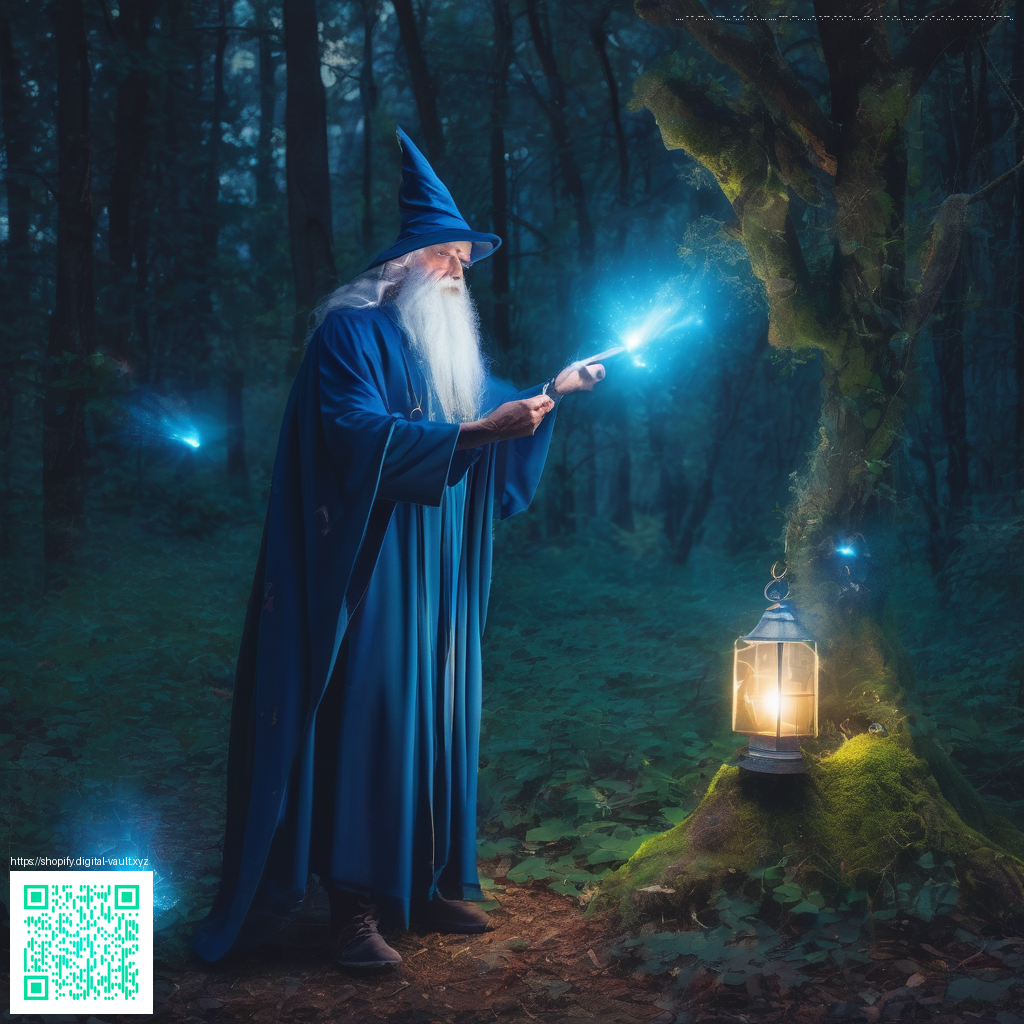
Designing Minimal Quote Poster Templates That Pop
Minimal posters succeed not by shouting their message, but by letting a few well-chosen elements speak with confidence. The secret lies in how you balance typography, negative space, and alignment so that the quote becomes the focal point rather than a decorative afterthought. When you design with restraint, every letter has a purpose, every margin earns its keep, and the result feels effortless, even when you’ve pushed the concept to its edge.
Start with the quote itself. It should be brief, resonant, and rhythmically true. Short phrases with a strong cadence often land more memorably than longer blocks of text. In the layout, give the quote a clear typographic hierarchy: emphasize the core message with a larger size or weight, and use a lighter, supportive style for attribution or context. This deliberate contrast guides the eye and creates a sense of hierarchy that feels natural rather than forced.
Principles that guide minimal poster design
- Typography first: Choose two fonts that complement each other—one for the main quote and one for small details. A high-contrast pairing can feel energetic, while a restrained pairing communicates timeless elegance.
- Whitespace as a design tool: Negative space isn’t empty; it’s a frame that lets the quote breathe. Don’t crowd the type; let margins do the talking.
- Consistent alignment: Decide on a left-aligned, centered, or right-aligned approach and stick with it across the entire poster to maintain coherence.
- Color with intention: A single accent color can energize a design without overpowering the message. Ensure high contrast for legibility, especially from a distance.
- Subtle details matter: A tiny baseline shift, a rounded corner, or a faint grid guide can add poise without stealing focus from the quote.
“Great minimal design is about what you exclude more than what you include.” It’s the quiet voice in a crowded room that commands attention because it speaks with purpose.
In practice, apply these ideas with a simple grid. A standard 12-column grid can keep your margins even and your line lengths comfortable, which is essential when your poster might be viewed from across a room. Use a modular approach: place the quote block as the primary element, then tuck supporting lines, author name, or a small logo into the surrounding whitespace. The grid keeps everything aligned, even as you experiment with different quote lengths.
When it comes to typography, trust the scale. A bold, condensed display font for the main message paired with a clean sans-serif for attribution can create a distinct, modern look. If you’re unsure, start with a monochrome palette and introduce color sparingly—perhaps a single accent that appears in the quotation marks or a dot on a period. This restraint makes the design feel intentional rather than random.
For a practical touch, consider the desk setup that accompanies your creative process. A tidy workspace supports clean design thinking and can serve as a subtle case study for your audience. If you’re shopping for accessories that keep your environment neat while you prototype posters, you might find value in products designed for focused work. For example, a Custom Rectangular Mouse Pad 9.3x7.8in White Cloth Non-Slip can complement a minimalist desk, helping you draft layouts with ease as you test type sizes and spacing. You can find it here: Custom Rectangular Mouse Pad 9.3x7.8in White Cloth Non-Slip.
If you’re exploring design ideas beyond your own studio, a short reading list or round-up can spark new angles without derailing your workflow. A recent design roundup at https://000-vault.zero-static.xyz/843b8973.html offers a glimpse into how other designers balance minimal aesthetics with expressive typography. Let their layouts inform your own process, not dictate it; the goal is to understand how restraint guides impact as much as bold experimentation.
Workflow tips to implement quickly:
- Draft the quote in a few sizes to compare impact side-by-side.
- Limit yourself to two font families and test bold vs. light weights to establish contrast.
- Print test proofs at actual size to evaluate readability from a distance.
- Use a single accent color and adjust the background tone to enhance legibility.
Minimal poster design rewards thoughtful iteration. By prioritizing typographic clarity, generous whitespace, and disciplined color usage, you craft pieces that feel both modern and timeless. The result is a poster that communicates instantly, without shouting.